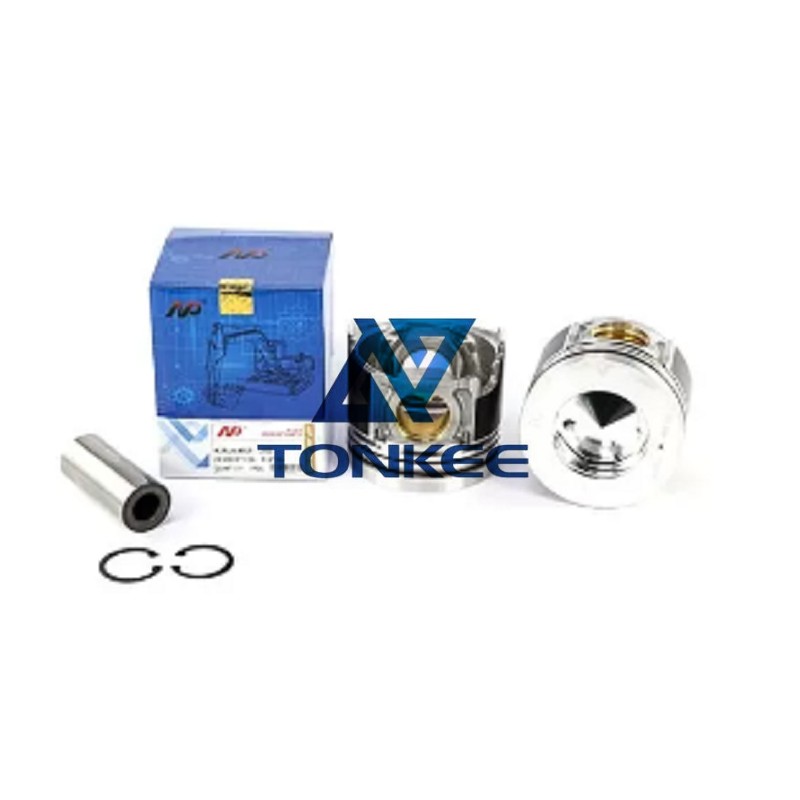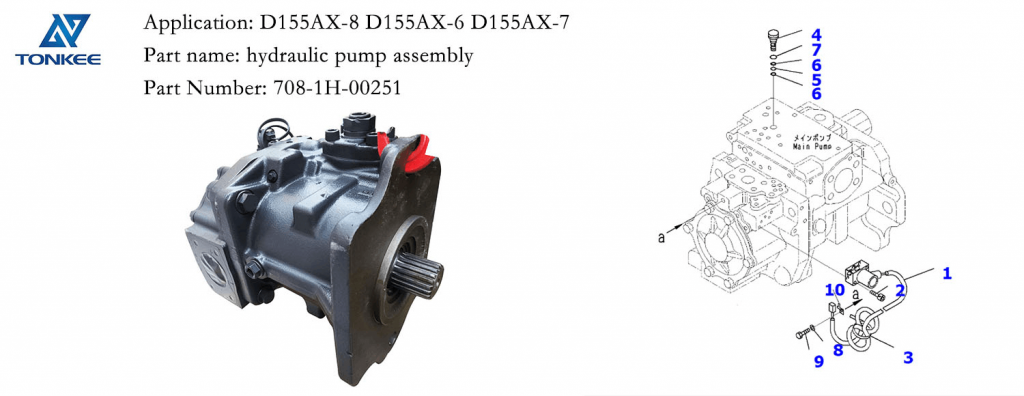
The J05E piston is designed to meet the demands of modern excavators.
It is typically made from high-strength aluminum alloy, ensuring both lightweight construction and exceptional durability. This alloy can withstand the high temperatures and pressures within the engine cylinder. The piston's crown, or the top surface, is specially designed to optimize combustion efficiency, allowing for a cleaner burn and increased power output.
The J08E piston is built with similar materials and precision engineering. Its dimensions and design are tailored to the J08E engine, offering compatibility and optimal performance. The crown's shape is carefully calculated to maintain a high compression ratio, which is essential for efficient fuel combustion. Additionally, the piston skirt is coated with a wear-resistant material to reduce friction, improving engine efficiency and longevity.
The P11C engine, commonly found in larger HINO excavators, requires a piston capable of withstanding heavy-duty workloads. The P11C piston is engineered to handle higher levels of stress and pressure. It is typically constructed from a robust aluminum alloy with enhanced thermal conductivity properties. This allows for efficient heat dissipation, ensuring that the piston remains within the safe operating temperature range. Moreover, the piston rings are designed to seal the combustion chamber effectively, reducing oil consumption and emissions.
All three piston models, J05E, J08E, and P11C, feature advanced technologies to enhance their performance:
Coating Technologies: Many modern pistons have specialized coatings to improve durability and reduce friction.
These coatings can be made of materials like graphite, molybdenum, or ceramics.
Oil Gallery Design: Pistons often have oil passages or galleries to ensure proper lubrication to minimize wear and extend the component's life.
Heat Dissipation: Pistons must effectively manage heat generated during combustion. Designs that incorporate cooling channels or enhanced heat transfer properties are crucial for maintaining engine reliability.
Compression Height: The piston's height relative to the connecting rod affects the engine's compression ratio. Engine manufacturers carefully calculate this dimension to optimize performance and fuel efficiency.
Ring Grooves: Pistons have ring grooves for the placement of piston rings, which are essential for sealing the combustion chamber and regulating oil consumption.



 English
English Русский язык
Русский язык




